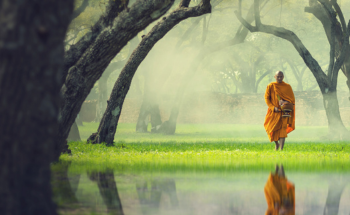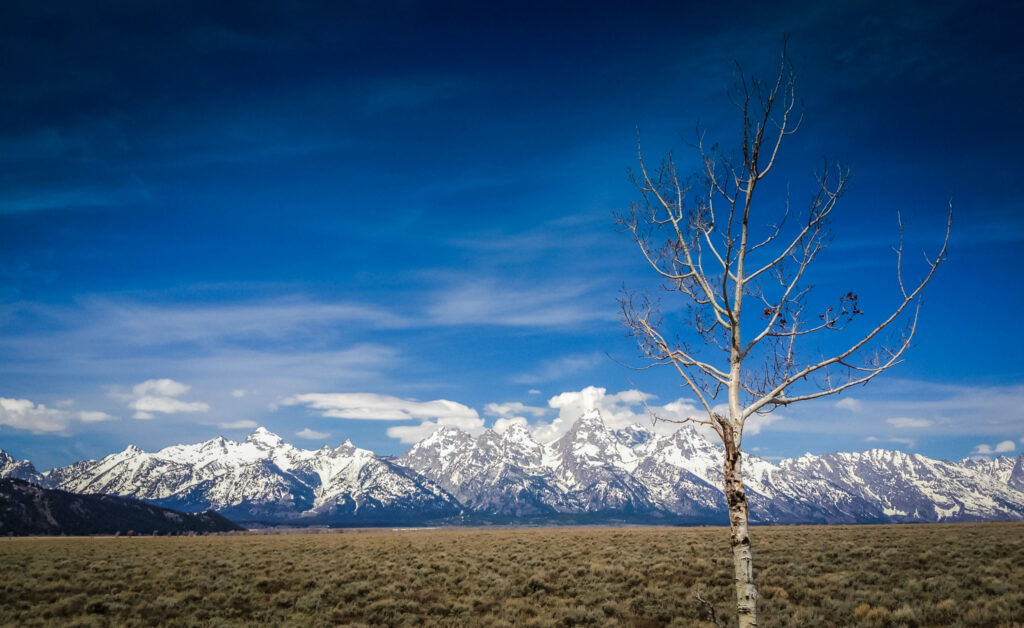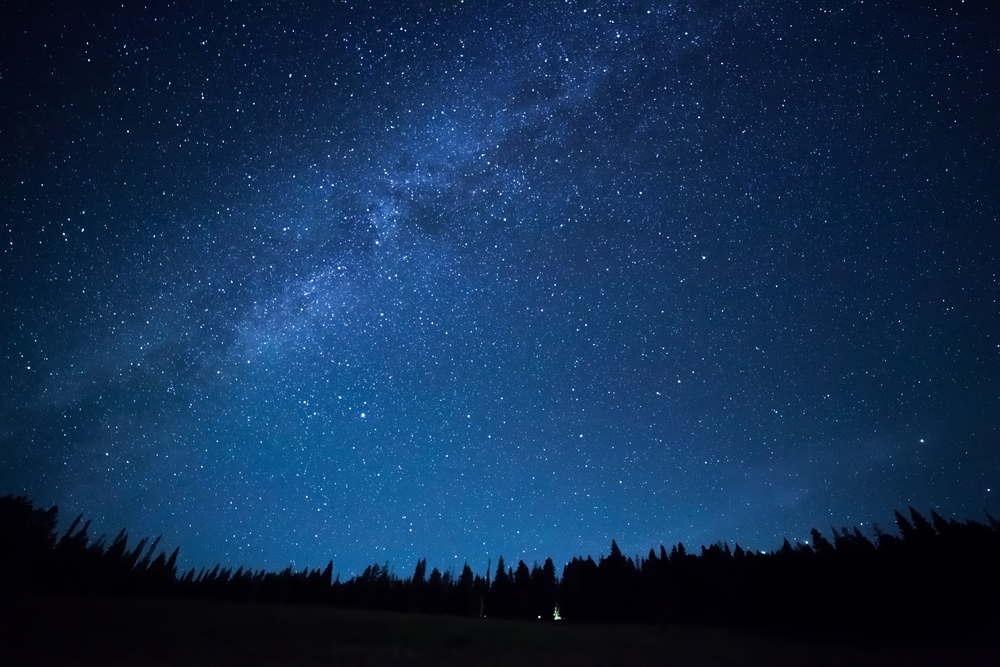The Buddhist tradition speaks directly about the hindrances that are encountered in the course of the spiritual journey. Buddha said that those who conquer their own minds are greater than those who defeat a thousand men a thousand times in battle. Almost every experienced yogi can describe in detail hours or years of dealing with some version of the five basic hindrances, the disruptions of mind and blocks to the heart that arise in practice. These same difficult energies are equally well described by Christian and Jewish mystics, Sufis, Hindu yogis, and American Indian shamans.
There is a story told of Mother Teresa of Calcutta. After praising her extraordinary work, an interviewer for the BBC remarked that in some ways service might be a bit easier for Mother Teresa than for us ordinary householders. After all, she has no possessions, no car, no insurance, and no husband. ‘‘This is not true,’’ she replied at once. ‘‘I am married too.’’ She held up the ring that nuns in her order wear to symbolize their wedding to Christ. Then she added, ‘‘And he can be very difficult sometimes!’’ The hindrances and difficulties in spiritual practice are universal.
When we examine our own minds we will inevitably encounter the root forces of greed, fear, prejudice, hatred, and desire, which create so much sorrow in the world. They become an opportunity for us. They raise a central question for anyone who undertakes a spiritual life. Is there some way that we can live with these forces constructively and wisely? Is there a skillful way to work with these energies? These are not just contemporary problems. In the second century Evagrios, one of the Christian mystics known as the Desert Fathers,taught his students about the hindrances by describing them in terms of demons that come to one who meditates out in the wilderness. The demons include fear, irritation, gluttony, laziness, and pride. In the Buddhist tradition,they are personified by Mara, the Tempter. They are our fear, our habits ,our anger, our resistance, our unwillingness to look at what is actually happening.
As we meditate, Mara comes in many forms. First it may come as temptation and desire, as fantasy,as looking for comfort; Mara is all the things that say,‘‘Let’s do this instead.’’ If the temptations don’t work and we are still willing to continue, Mara comes to us in a more ferocious guise. It comes as an attacker, as anger, irritability, or doubt. And if we are unmoved by Mara as tempter or attacker, then Mara comes in yet a more subtle form. It comes with whispers of pride: ‘‘Oh, look how good I am! I didn’t give in to the temptation’’ or ‘‘I’ve gotten rid of the anger.’’ Things become a little clear,and we settle for that. We get caught trying to hold on to our concentration and stillness or some particular meditative state.
When the Buddha sat under the bodhi tree, he vowed not to get up until he had come to the fullest understanding and freedom possible for a human. To understand the nature of happiness and sorrow, to find freedom in our life, we have to be willing to face all the demons in our mind. Our journey—our practice through all the realms of our mind—is to learn a kind of mind control, a traveler’s equilibrium. It is not the control of making something happen, but rather the ability to stay present, open, and balanced through all the experiences and realms of life. Through practice it is possible to train the heart and mind, to make them concentrated,to make them steady and luminous and free. It’s possible to become balanced in the face of every kind of experience. Ultimately, it is possible to overcome and transform the forces of Mara with the sincerity of our practice, which means our love and the willingness to be truly mindful. With honesty we can learn to be unmoved. We can come to understand that which is deeper than those forces. We start to see that the worst and most difficult things also change, that they too are empty experiences, light and shadows that we all share and that arise and pass in the clear space of mind.
This excerpt is taken from the book, “Seeking the Heart of Wisdom”






